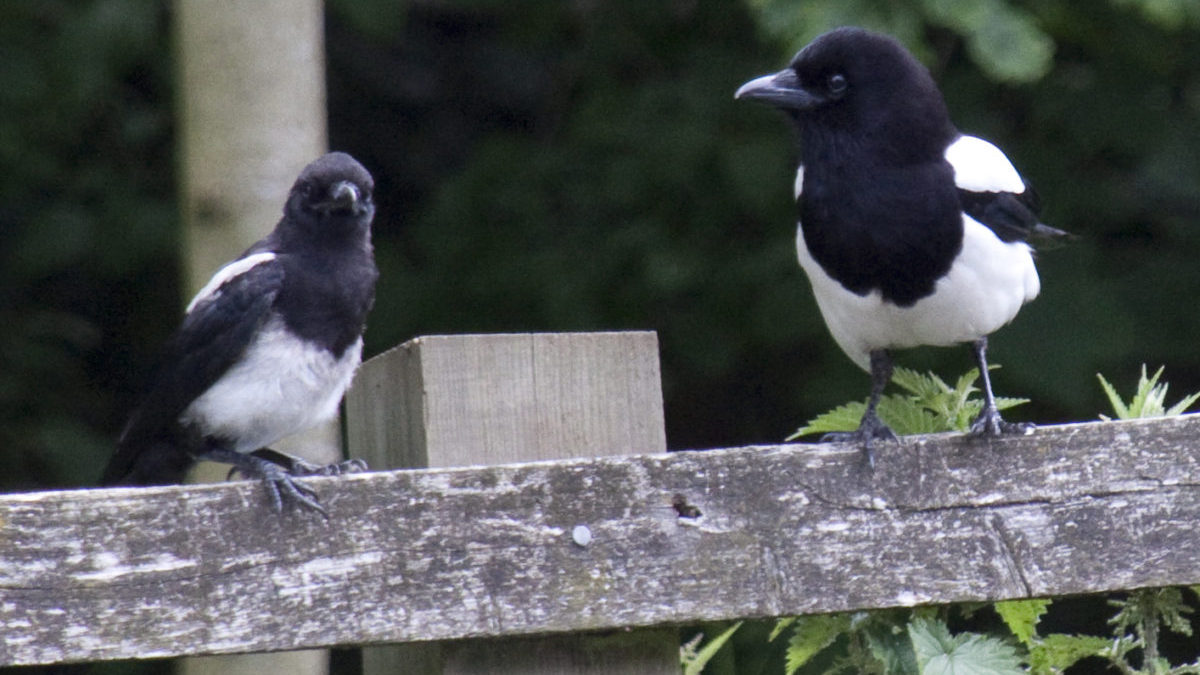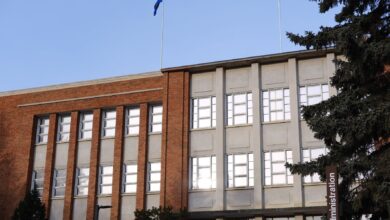Magpies are loud but they’re nice too
 Wikipedia User Magnus Manske
Wikipedia User Magnus ManskeBlack-billed magpies glide between North Campus buildings and forage in their shadows all year. For students, particularly those new to Edmonton, magpies are often the birds noticed first, naturalist and Renewable Resources instructor John Acorn said.
“They’re so gorgeous,” Acorn said. “Not just for their long tails and streamlined bodies, but their beautiful blue, green, and purple iridescent feathers.”
Magpies are members of the corvid family, whose members are commonly seen in Halloween symbolism. Sometimes, they’re disliked because of Alberta’s latent agricultural mentality — the birds are commonly seen as pests on farms, Acorn said. Others dislike magpies for their calls, but Acorn said he finds them interesting.
“Magpies always sound like they’re talking to themselves,” he said. “It’s not a bad sound to me.”
Acorn added that loud magpie chatter can be useful in signifying that a bird of prey is on campus. Sometimes a group of magpies will loudly chase away a merlin, a species of small falcon. The exchange often happens very fast, so it helps for observers to be attentive and to know what to look for when bird-watching on campus, Acorn said.
Students can also watch for magpies’ attempts to inconspicuously stash food, which is a process that occurs in cycles, Acorn explained. Sometimes a magpie will stuff a food item under a leaf and fly away, only for a blue jay to dig it out and stuff it under another leaf. Another magpie will then steal it from the blue jay.
Whether it’s the magpies, the rabbits, or squirrels, watching wildlife will enrich students’ campus experiences through the year, Acorn said.
“Knowing your local plants and animals is part of the way we develop a sense of place,” he said. “It places you geographically
and ecologically.”




